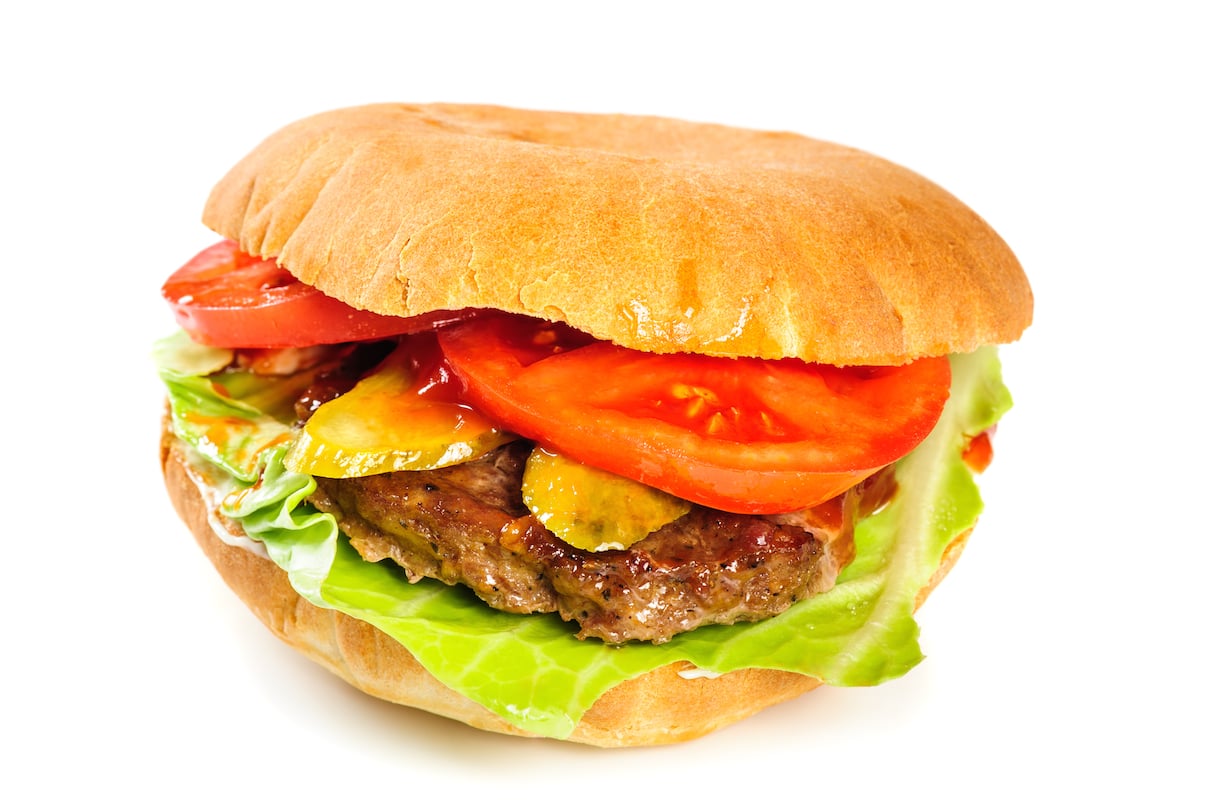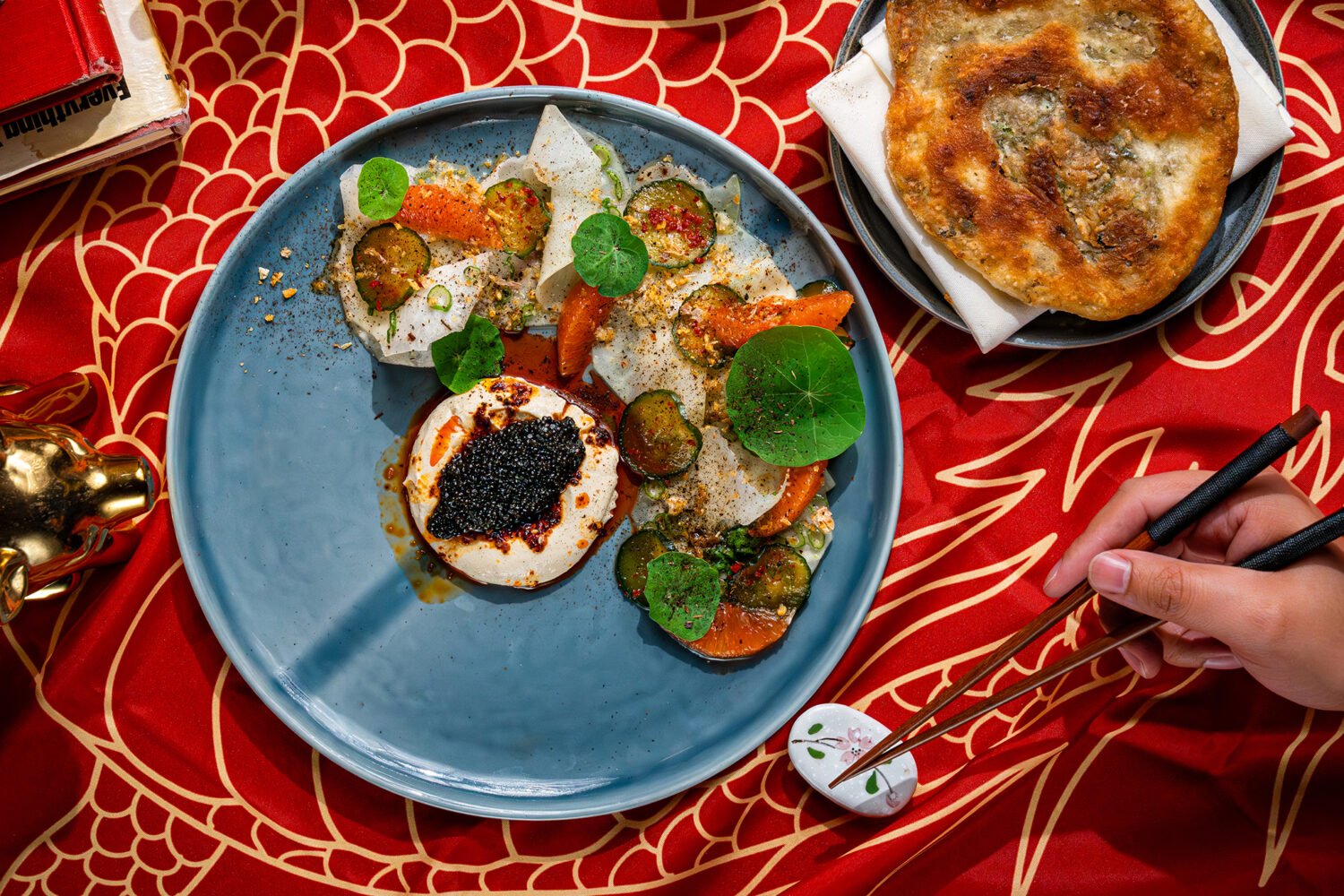Earlier this week, with July 4 looming and my thoughts turning to the grill, I decided to reach out to my friend the Burger Guru for tips.
The Burger Guru is brash. He’s a handful. “I guarantee you that everything you think you know about burgers,” he told me, “is wrong.”
Teach me, I said, and opened myself up to receive his years of accumulated patty wisdom.
The Burger Guru has cooked at burger competitions around the country, including at the World Burger Championship in Las Vegas. He has made and eaten a lot of burgers, but also, and more important, he has spent considerable time studying the science of burgers.
What followed was a long conversation about protein fibers and acids, about creating moisture and retaining it, about surface air and air pockets. It might have been boring, but the Burger Guru didn’t get to be the Burger Guru by putting people to sleep. He made it interesting.
Indeed, it was this knowledge, he seemed to suggest, that separated him from many of his less studious colleagues, and helped him to understand how (without resorting to tricks like folding foie gras into the mix or indulging in easy add-ons like bacon) to build a better burger.
A burger so rich, so tender, and so juicy that, even when cooked medium or medium-well, it was memorably wonderful.
The friends I invited over that night begged me to make it for them again.
Not to worry, I said. From here on out I won’t even consider doing it any other way.
***
1) Buy cheap meat. “The cheaper the ingredients, the better. You don’t need expensive beef for a great burger. It’s a waste of money.” So sayeth the Burger Guru. He advised me to get a package of ground chuck, simple and unsexy, rather than splurge on prime beef.
2) Don’t mix in salt and pepper. “Salt leaches out moisture,” the Burger Guru said. “That’s exactly what you don’t want.”
3) Secret ingredient #1: fish sauce. According to the Burger Guru, it’s what makes the burgers at New York’s Umami Burger so good. The idea is to add enough fish sauce to give the meat depth and complexity—1 1/2 tablespoons per pound of beef—but not enough to make people think they can pick up on the taste. Many old recipes for meatloaf called for adding Worcestershire sauce, the fish sauce of mid-20th-century America. Fish sauce brings even more complexity to the dishes it touches. Yes, there is sodium in fish sauce, but, says the Burger Guru, it “adds more moisture than it takes away.”
4) Secret ingredient #2: Duke’s mayonnaise. The rationale: “With mayo, you’re adding moisture and adding fat. Fat that won’t melt away under heat. Mayo also stays in its fat form as it cooks.” The rationale for Duke’s: Duke’s has more egg in it than Hellman’s, making it richer and lusher. Can’t find Duke’s? Whip an egg into Hellman’s. Either way, you want to incorporate two tablespoons per pound of meat. The Burger Guru said that over the years he’s tried many different fats, from tiny cubes of mozzarella to diced gruyere to ground beef fat. “I have to make my burger stand out from 50 competitors. I have to make that first bite be—aha! I have to make people say—Oh my god! Mayo’s the best I’ve come up with. It transmits the natural flavor of the product. It doesn’t get in the way of the taste of the beef, which happens with cheeses.” Another bonus of mayo: it leaves a sheen on the meat when it’s done cooking. That sheen coats the roof of the mouth, which is a fat receptor. “That’s why Ben & Jerry’s tastes better, that high fat content. Fat helps transmit flavor. And it’s a pleasurable mouth-feel.”
5) Make a meat snowball. “There are multiple schools of thought on this,” said the Burger Guru. “The old-timer school was one patty, half a pound, 5-8 ounces. Some people went up to 10. Some went down to 3-4 and doubled them. I like 6-8 ounces, about the size of a snowball, a decent-sized snowball. But going with smaller patties and doubling them up allows for double the surface area. Think about that: more salty, crusty texture. Our brains go crazy for salt and crunch. It also allows for more cheese in the burger, which means more coating of your mouth.”
6) Form, then dimple. Flatten the patties with your hands. Then poke the patty with your finger a few times. Yes, it looks ugly. But relax — you won’t see any evidence of dimpling when the burgers are done. “If you don’t dimple,” the Burger Guru said, “it will naturally ball up and get thicker in the center. You don’t want that. You want the patty to cook evenly. Even cooking is faster cooking. Also, when proteins cook, they tighten. All those fibers start shrinking. Make a fist, palm face up. That’s what happens to burgers when you cook them. Those protein fibers shorten under the heat. That’s one reason sous vide is so tender; there’s no shortening of fibers. When you dimple, it fills with all the moisture. You’re not gonna get a softball when you’re done.”
7) Chill the patties. Ideally, you want to make them the day before and refrigerate them. But even just fridging the patties for a few hours is vital, the Burger Guru says. The meat needs to settle down. Forming the patties in your hands can raise the temperature of the meat to 60, 70 degrees, which reduces your chances of getting a good crust on your burgers. (It’s the opposite principle of cooking a steak, which is best grilled or seared at room temperature.)
8) Do not use your grill. Cook your burgers on the stove, in a cast-iron skillet. “I used to be a grill guy,” said the Burger Guru. “Now I’m a cast-iron guy.” Why? “The crust. You can’t get a good crust on the grill. You can in the pan.” He advises heating a small knob of butter before searing your patties.
9) Season just before you cook. Salting and peppering the exterior means the receptacles on your tongue are more likely to pick up the hits of brightness and heat and crunch. “I can’t stress this enough,” said the Burger Guru. “You want to get that salt and pepper on your mouth at first bite.” Don’t just sprinkle on the kosher salt and cracked black pepper; blanket the surface.
10) Lay the patty down. “Never, ever, ever press it down. Be gentle. Gentle, gentle, gentle. There are natural air pockets between the fibers, little tiny ones. You want moisture to get into those pockets and stay there. Leave the patty loose.”
11) The second side gets half as much cooking time. You want to cook the patty more than halfway through on one side, and give it half that time on the other.
12) No gouda, no cheddar, no provolone. Put the cheese on once the burger’s off the pan. “American cheese all the way,” the Burger Guru said. “I love cheddar. I love all kinds of cheese. But American is silkier; it has a better melting point. Cheddar’s hard to melt — it doesn’t have enough fat in it. And here we are again, right? Back to fat. Fat conveys flavor and feels good in the mouth.”
13) Don’t serve it hot. Give the cooked burger five minutes to rest, at least. You want the juices to not run out on you at the first opportunity. “Why make something so good and juicy and then kill it by serving it hot, before those juices have had a chance to redistribute?” the Burger Guru said. “A warm burger is better than a hot burger 100 percent of the time.”
14) Use a potato roll. Sesame seed buns are classic, but they’re also dry. Potato rolls squish down a little into the meat and retain their integrity to the last bite. A trick: toast them lightly in the oven and then slather them with butter. Another trick: take the toasted, buttered potato rolls and paint them with some pickle juice—something the Burger Guru says Chick-fil-A does for its chicken sandwiches. (In an email, a Chick-fil-A spokesperson attributed the taste of the company’s sandwiches to “simplicity”: “One simple bun, one hand breaded chicken breast, two crucial pickles.”) Nobody will notice the taste, but the acidity in the juice will awaken the taste buds.
15) Get your lettuce and tomato right. “The tomato better be room temperature. The lettuce better be iceberg — Boston is a close second.”
I whipped up my own version of special sauce and drizzled it on. Mayo, ketchup, a generous splash of pickle juice, a long squirt of Sriracha. A final application of heat, fat, and acid for a delectably moist patty with salty char and crunch. The Burger Guru would have been proud.

















